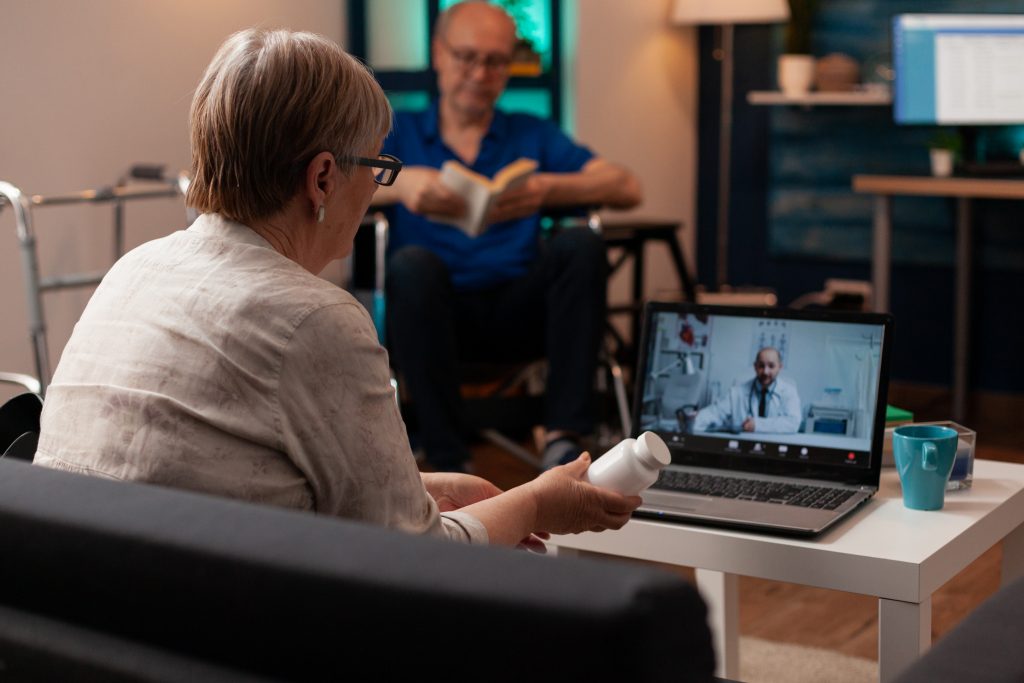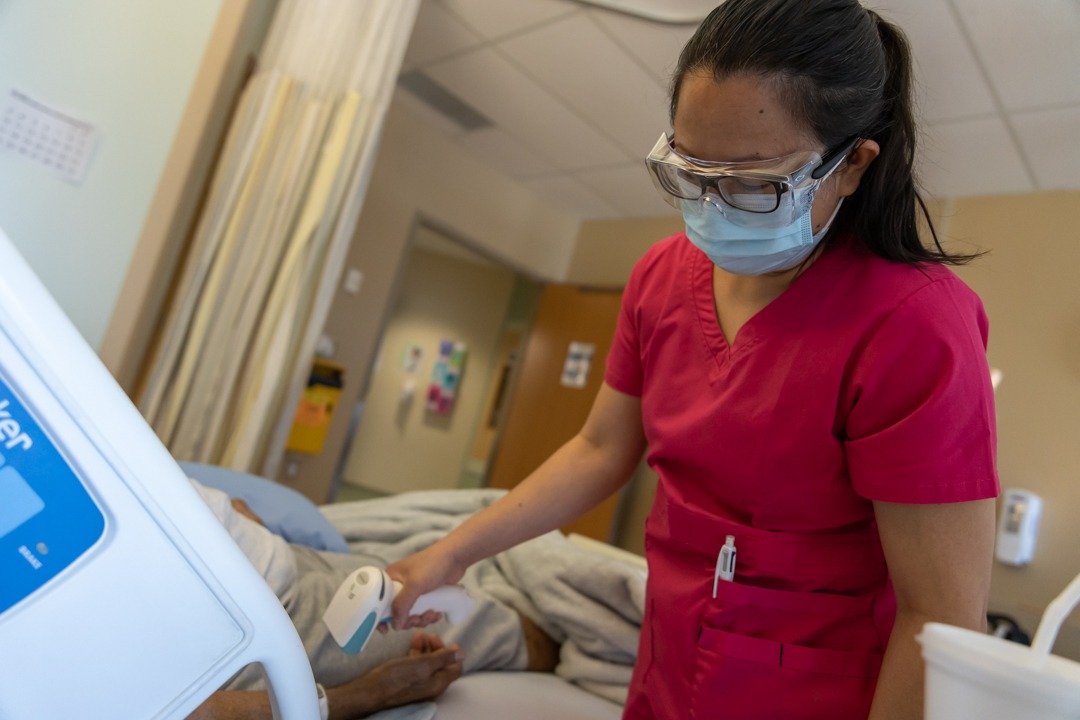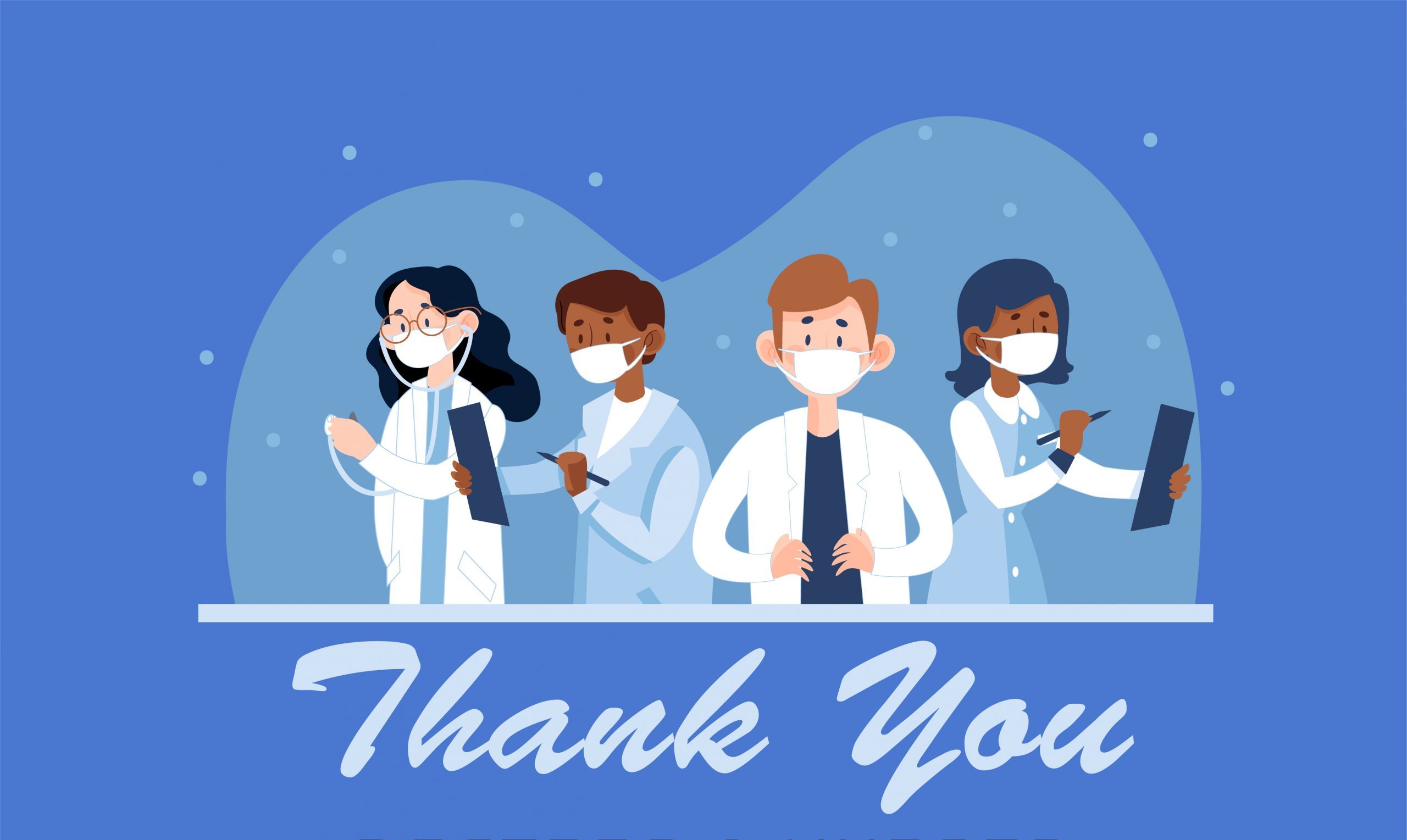
Virtual care just got easier with MyChart
When the COVID-19 pandemic began to affect our community, Hamilton Health Sciences (HHS) made a quick shift to virtual appointments for outpatient care. While not all clinics can accommodate virtual care, the ones that could, did. A year into the pandemic, HHS experienced a massive 1,500 per cent increase in virtual care, with thousands of patients meeting with their health-care providers without having to leave their homes.
With an 85% patient satisfaction score, virtual visits have proven to be beneficial. Now, HHS is making virtual care even easier.
- A phone call, where you speak with your doctor/health-care team using a telephone
- A video call, where you speak with your doctor/health-care team using video on a smartphone, computer or other personal device that has a microphone and camera
Game-changer for patients
On June 4, HHS launched a new hospital information system called Epic. This system stores all of your health information in one easy-to-access place, which will improve patient safety and quality of care. Part of the Epic system includes a free, secure online portal called MyChart by Epic for patients to have access to their hospital health information. MyChart also offers a secure portal for video appointments.
MyChart is available online through an app or website and allows access to your appointment details, test results, medication list, discharge summaries, doctors’ consult notes and more.

Dr. Barry Lumb, executive lead for the HHS team implementing the new Epic hospital information system.

Michelle Leafloor, vice-president of health information and technology services, and chief information officer for HHS.
“There’s no requirement for patients to use MyChart, but we highly recommend it because it’s such a valuable tool for managing personal health information,” says Michelle Leafloor, vice-president of health information and technology services and chief information officer for HHS. “It’s extremely user-friendly and offers many features.”
Dr. Barry Lumb, executive lead for the HHS team implementing the new digital system, calls MyChart a “game-changer” for patients.
“They can use the app to access and update their personal health information at their convenience, which will empower them to be more informed and engaged in their health care experience,” says Lumb.
Virtual care is “the new way”
What does this mean for people who have virtual video visits? You can now log on to your appointment directly through the MyChart app or website. All you need to do is sign in to your MyChart account and click on the video appointment button to launch the session.

Dr. Alex Drossos
Dr. Alex Drossos, a child psychiatrist at McMaster Children’s Hospital, has been doing virtual visits with a large portion of his patients since the pandemic started. He’s not only looking forward to his patients being able to connect directly in MyChart, but says it’s a more seamless process for staff too.
“MyChart will benefit all of our child and youth mental health patients and families. There’s access to appointment notes, questionnaires, symptom tracking, everything all in one place. This ultimately makes video visits easier. Plus, the new system makes it much easier for staff to track when information needs to be sent out to patients,” says Drossos.
“Virtual care doesn’t need to be considered something separate anymore – it’s just the new way.”
Previously, appointments were booked in the old system, but an email with secure Zoom login details had to be manually emailed to the patient. In addition, a letter or phone call was needed for an appointment reminder. Now, once the appointment is entered into the system, it goes directly to the patient’s MyChart account. No additional email or phone call is needed since it automatically provides patients with an appointment reminder.
“The pandemic made it a necessity to replace in-person visits with virtual visits, which has made us think that video and phone appointments are the only part of virtual care. But really, the whole system, including MyChart, is virtual care since patients don’t need to be at the hospital to access their health information,” says Drossos.
“Virtual care doesn’t need to be considered something separate anymore – it’s just the new way.”




